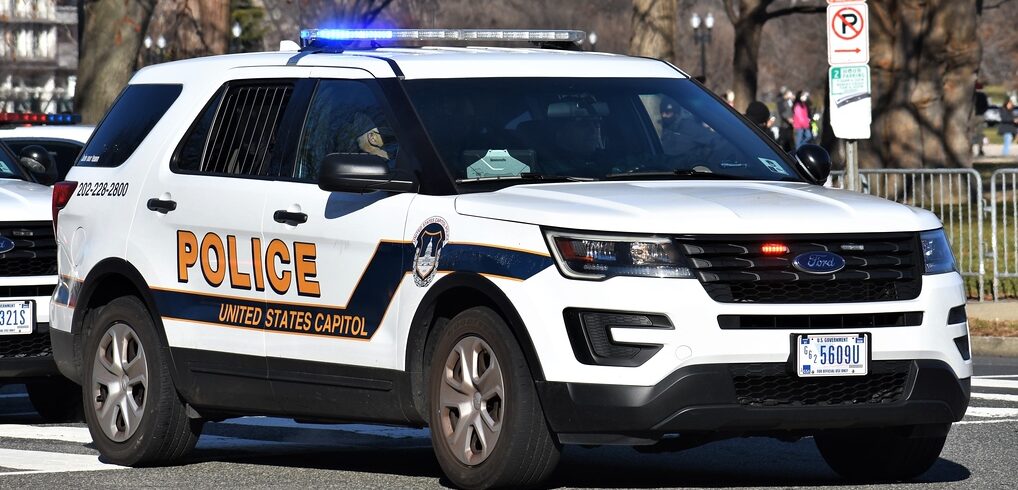Shooting: Hoax active shooter alert at Bucknell University in Lewisburg
In a chilling episode that unfolded on the tranquil campus of Bucknell University, an emergency alert was triggered on a seemingly ordinary Friday evening, casting a shadow of fear over students and faculty alike. The incident, which was later revealed to be a malicious hoax, prompted a swift and coordinated response from both university authorities and local law enforcement, underscoring the ever-present threat of violence in educational institutions and the paramount importance of campus safety protocols.
At approximately 6:30 p.m., the university’s serene atmosphere was abruptly disrupted by reports of an active shooter on campus. This alarming news came via the university’s emergency alert system, a critical component of the institution’s safety measures designed to provide immediate warnings in situations of imminent danger. The message advised all individuals on campus to seek shelter immediately, a directive that encapsulates the standard protocol of “Run, Hide, Fight,” endorsed by security experts nationwide.
The response from the campus community was a palpable mix of fear, confusion, and urgency. Students and faculty scrambled to secure themselves in classrooms and dormitories, barricading doors and silencing mobile devices, while anxiously awaiting further instructions. The gravity of the situation was matched by the rapid deployment of emergency units, including local police, SWAT teams, and first responders, who converged on the campus with the singular goal of neutralizing the perceived threat.
Bucknell University, nestled in the heart of Lewisburg, Pennsylvania, is known for its academic excellence and close-knit community. The stark contrast between the university’s idyllic setting and the harrowing scenario that was unfolding could not have been more pronounced. The community, bound together by shared values and a commitment to the safety and well-being of every member, found itself navigating one of the most daunting challenges that any educational institution can face.
As the investigation unfolded, led by the diligent efforts of state police and campus security, a critical discovery was made. Mike Ferlazzo, Director of Bucknell Media Relations, provided a pivotal update, revealing that the threat was, in fact, a hoax. The false report had originated from Virginia, according to the findings of the state police investigation. This revelation, while relieving, raised a multitude of questions about the motivations behind such a cruel act and the vulnerabilities it exposed within the community.
The subsequent alert issued by Bucknell University at approximately 7:34 p.m. marked the end of the emergency situation, signaling to students and faculty that it was safe to emerge from hiding. The announcement brought a collective sigh of relief, but also a sobering realization of the trauma inflicted by the ordeal and the need for ongoing vigilance.
The investigation into the hoax is ongoing, with law enforcement officials working tirelessly to trace the origin of the threat and hold those responsible accountable. The incident serves as a stark reminder of the psychological and emotional impact of such threats, regardless of their veracity. It also highlights the critical importance of robust emergency preparedness and communication systems in safeguarding the campus community.
In the aftermath of the incident, discussions have intensified around the measures necessary to enhance campus security and prevent similar episodes in the future. The university has pledged to review and strengthen its emergency response protocols, with a particular focus on the efficacy of alert systems and the training provided to students and staff. Additionally, there is a growing call for legislative and policy reforms aimed at addressing the broader issue of gun violence and threats to public safety.
The Bucknell University hoax serves as a sobering case study in the challenges facing educational institutions in the 21st century. It underscores the importance of preparedness, resilience, and community in the face of threats, while also sparking a broader dialogue on the societal factors contributing to the prevalence of such incidents. As the university community begins the process of healing and reflection, the lessons learned from this harrowing experience will undoubtedly inform future efforts to ensure the safety and security of all students and faculty.

